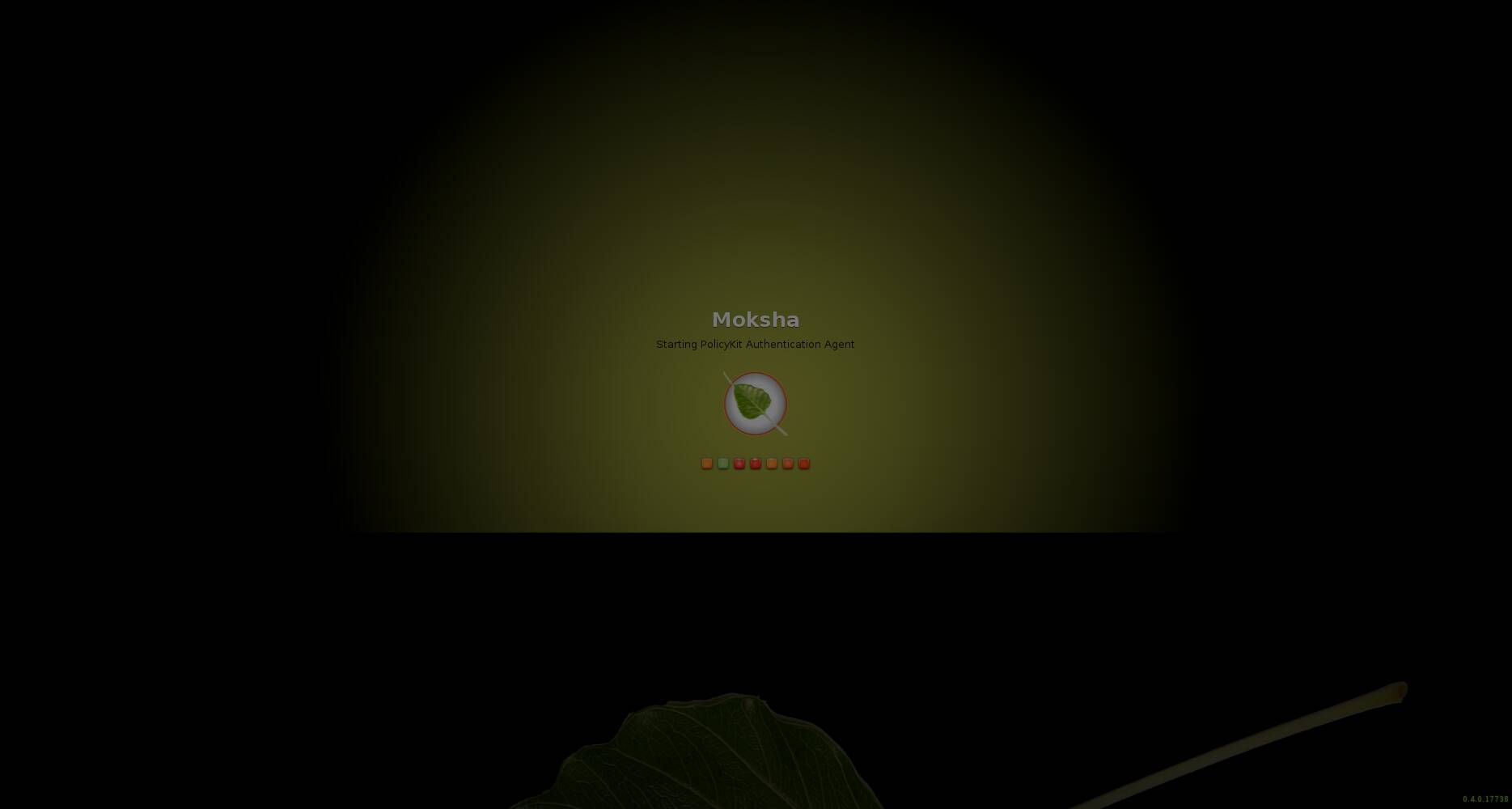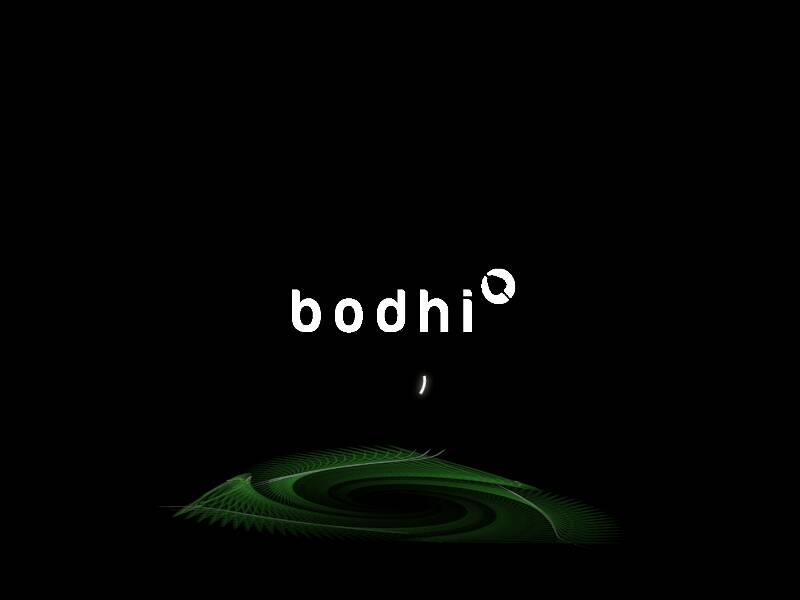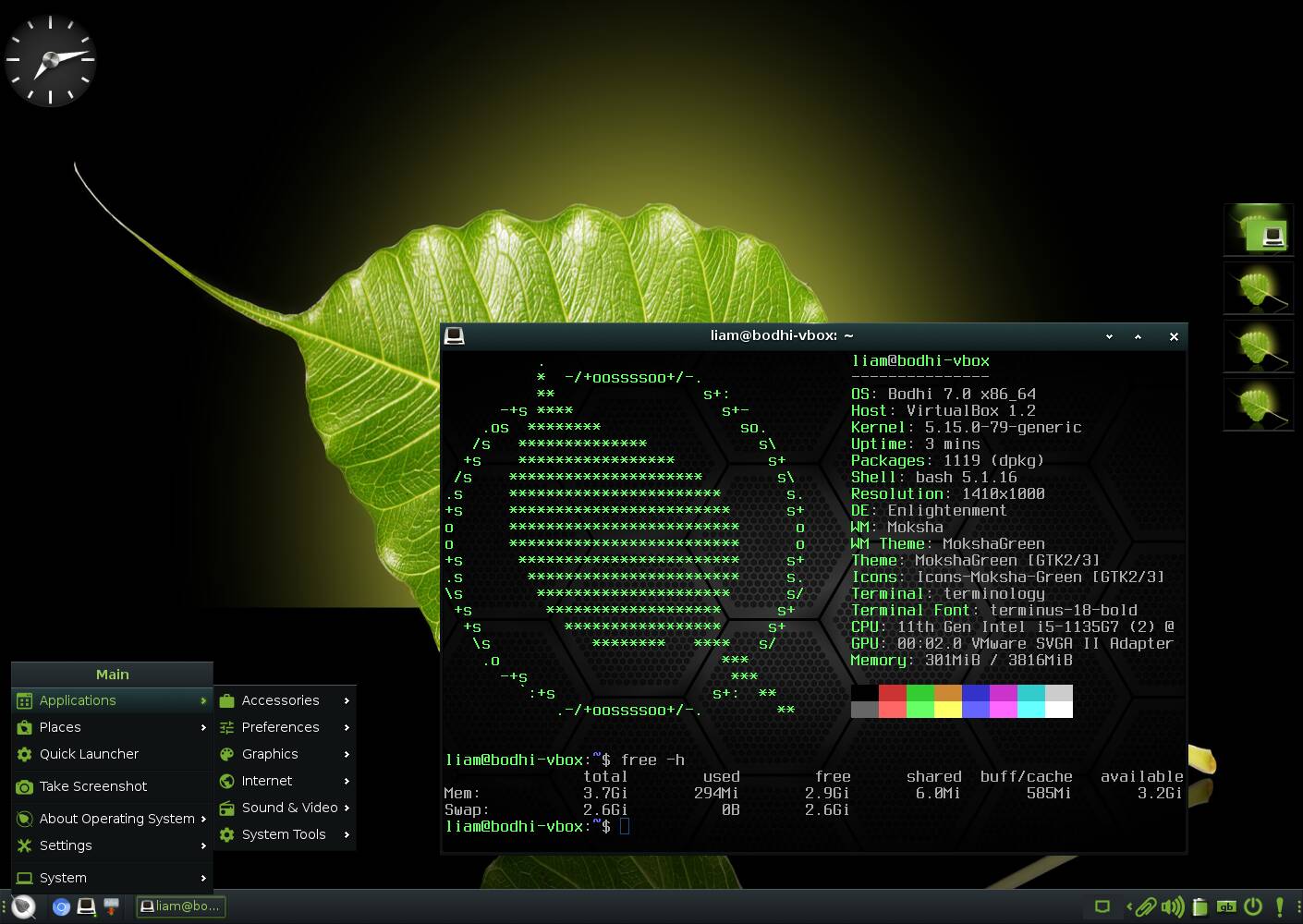With a choice of kernel versions, and even a 32-bit edition
Bodhi Linux 7.0 is the latest release of one of the oldest Ubuntu-based distros, with one of the more unusual desktops.
The latest version is based on Ubuntu 22.04, with the Moksha desktop, which is a fork of Enlightenment 17. There's a choice of four editions: three 64-bit ones, and a 32-bit edition which is still based on Ubuntu 18.04, the last Ubuntu LTS which supported x86-32. The 64-bit editions differ chiefly in the kernel they use. You can have either the basic Ubuntu "Jammy" 5.15, or the current HWE version with kernel 6.2, or for those with shiny, very new kit, an "s76" edition with the latest kernel 6.4.
It's Ubuntu, but not as we know it. Ubuntu itself offers 10 flavors with eight different desktops these days. Linux Mint offers three of these desktops: Cinnamon, MATE, and Xfce. Zorin OS offers just two: GNOME and Xfce. Linux Lite and Zinc, to pick two other examples we've looked at on The Reg, both offer only Xfce. What's notable about Bodhi is that Moksha is not drawn from Ubuntu's range of options – it's the distro's own creation. It's a fork of the Enlightenment environment, which isn't an Ubuntu offering either.
Although it's the most obvious difference, Moksha isn't the only thing that's different about Bodhi. It also comes with almost no pre-installed applications. You get the Chromium web browser, a text editor, an image viewer, and that's about it. This makes for a fairly minimal OS, and it has a correspondingly small memory footprint – under 300MB of RAM when idle. It's lightweight enough to be responsive on a low-end machine while still looking good. It's just as clean and uncluttered as Xebian, which we looked at earlier this week, but it uses about a third as much memory while being compatible with more third-party apps.
There is a form of app store, but unusually, it's not a program but a website, called the AppCenter. It uses AptURL to install software directly from the browser – after authentication, naturally; this isn't the Wild West of Windows. As an example, we installed Firefox, and got the latest version 117 natively packaged. There's no Snap or Flatpak support pre-installed.
So this is not as complete an OS as most Ubuntu remixes, but it's also lighter and quicker than most. If you want lots of local applications, you will need to install them yourself, but the distro does make that easy and unintimidating.
The standout feature here, though, is the desktop. Moksha is forked from Enlightenment, which is one of the oldest extant Linux graphical environments – development started in 1997, before either KDE or GNOME. Enlightenment is somewhere between a window manager and a desktop.
It does provide some desktop-style tools, such as a desktop panel with a Start menu, an app switcher, and some system controls, plus a floating desktop clock, a virtual-desktop switcher, and lots of graphical config screens. It's heavily customizable, even more so than KDE, which is notorious for being a festival of settings twiddling. It does have a handful of its own native apps, such as the Terminology terminal emulator, EPhoto image viewer, and Rage media player.
Enlightenment's development process has not only been very long, but it's further complicated by a complex version numbering scheme, or rather set of schemes. The original 1990s release is known as E16, which saw multiple versions up until 2000. (To make matters even more confusing, it's still being maintained, with a point-release in late 2022.) After a gap of no less than 12 years – unmeasurable eons in FOSS terms – E16 was followed by E17. After so long, this caused some excitement, and that's when the Bodhi Linux project began, by putting E17 on top of Ubuntu 10.04.
Since then, though, the development process sped up considerably. E18 followed in 2013. The project is now up to E25, released in 2021, with the latest bugfix, 0.25.4, appearing late last year. (There is in fact much more complexity to Enlightenment's versioning systems – we're glossing over a lot here.)

The Moksha desktop has its own loading screen, not that you'll see it for long
However, the Bodhi project has chosen not to chase this moving target. It started with E17, and it has stayed with it, meaning that it now maintains its own fork, Moksha. As shipped, Moksha is styled to bear a vague resemblance to the classic Windows design, with a full-width taskbar at the bottom of the screen, and Bodhi teams it with the Thunar file manager from Xfce and the Leafpad text editor. The default theme is green-hued, with a recurrent leaf motif, modeled on the bo tree – the tree under which the Buddha achieved enlightenment.

Bodhi 7's loading screen is, sadly, relatively conventional and much less fancy than previous version's swirling bo leaves
Although Bodhi is one of the best-known Enlightenment-based distros, the upstream desktop has moved on since Bodhi's creation. Enlightenment has attracted occasional controversy and some spirited debate. Even so, it continues to mature, and the underlying Enlightenment Foundation Libraries get regular updates. Samsung's Tizen uses EFL, and the developers of the Budgie desktop plan to move to it.
Moksha's window manager is unconventional. A double-click on the titlebar doesn't maximize a window, it rolls or unrolls it. The up-arrow button is maximize, and also unmaximize. The Windows key doesn't open the start menu, but a left-click on the desktop does. The resemblance to Windows is only skin-deep, but you can adjust that to however you want. But this brings some benefits: for instance, it enables you to resize Ubuntu's Ubiquity installer, which normally has a fixed window size, one of its less endearing attributes.
We did notice one glitch: unlike any other Ubuntu variant we've seen, it's essential to connect the machine to the internet, by Wi-Fi or cable, before installing, or the setup process never completes.
In ancient times – that is, the 20th century – Enlightenment was famed for its bling. It supported more special effects than crude 1990s window managers. Since then, Linux acquired 3D compositing, complete with spinning desktop cubes and other jollities. Then all that went away again: KDE 5 adopted the trendy flat look, and more recently GNOME is trying to ban themes altogether. The world is a duller place today as the decline in desktop diversity mirrors the wider world's ever-decreasing biodiversity. As such, Bodhi's green-hued desktop looks pleasingly retro, and positively colourful in an increasingly drab gray world.
The good thing is that it's Ubuntu underneath. On our testbed Core i7 ThinkPad W520, it was very easy to install Ubuntu's repository and driver manager and use it to enable the proprietary Nvidia driver, meaning we could turn on more of Moksha's transparency effects with no noticeable slowdown. Meanwhile, the same distro also ran usefully quickly on our ThinkPad W500, which has a Core 2 Duo and half the RAM. It was also good to see that all the apps we installed automatically appeared in the appropriate categories in the menus, and could be pinned to the taskbar and so on: Moksha is more closely integrated than some of the other alternative desktops we've tried.
Given that the upstream Enlightenment project seems to have not only regained its impetus over the last decade, but maintained it, we do suspect that it is now time for the Bodhi developers to end their branch and return to the mainstream.
Bodhi Linux 7 is fun. In a world of corporate distros which boast network sign-on, active directory authentication, and cloud sync, Bodhi instead offers bright colors and animation. We rather like that. ®
- Adenman and Karlston
-

 2
2



Recommended Comments
There are no comments to display.
Join the conversation
You can post now and register later. If you have an account, sign in now to post with your account.
Note: Your post will require moderator approval before it will be visible.